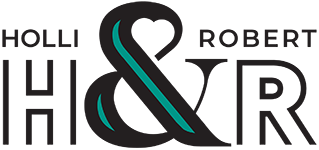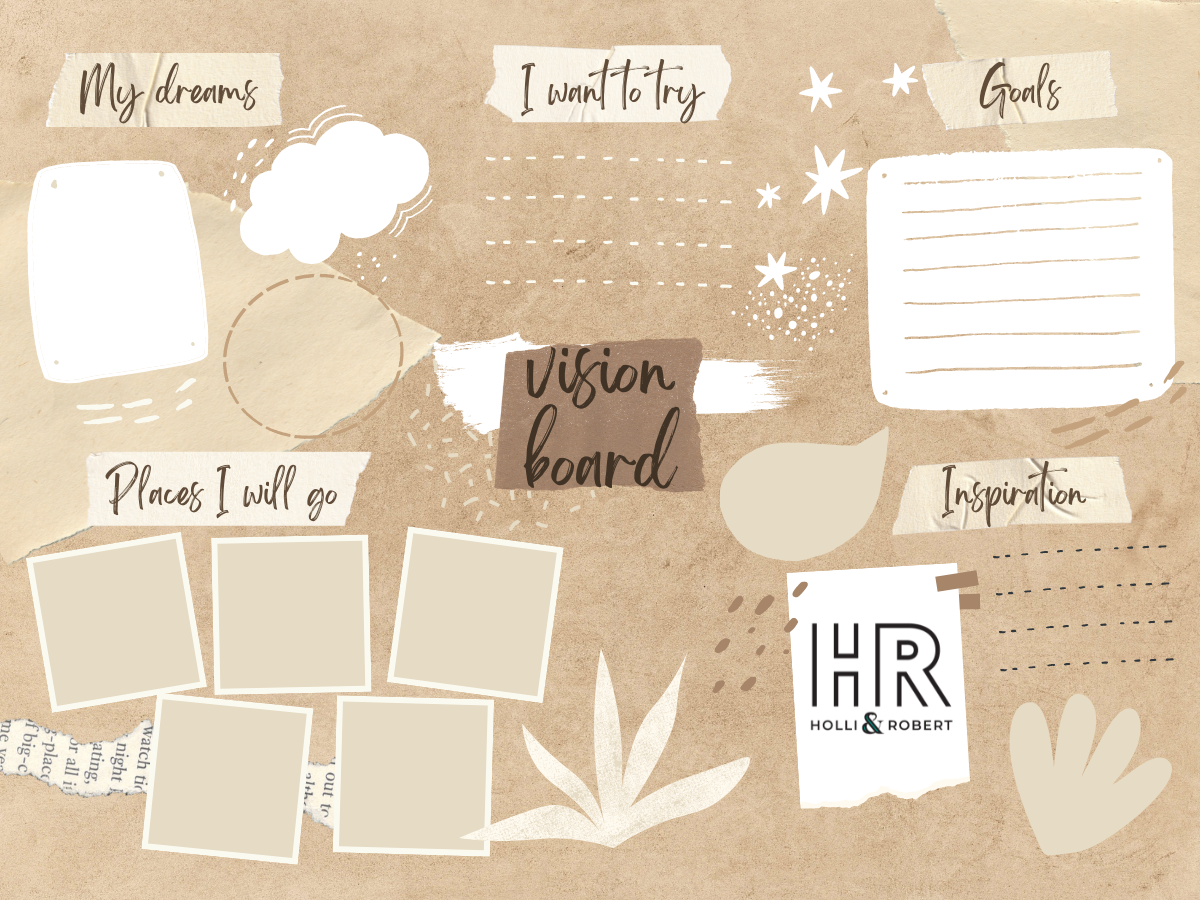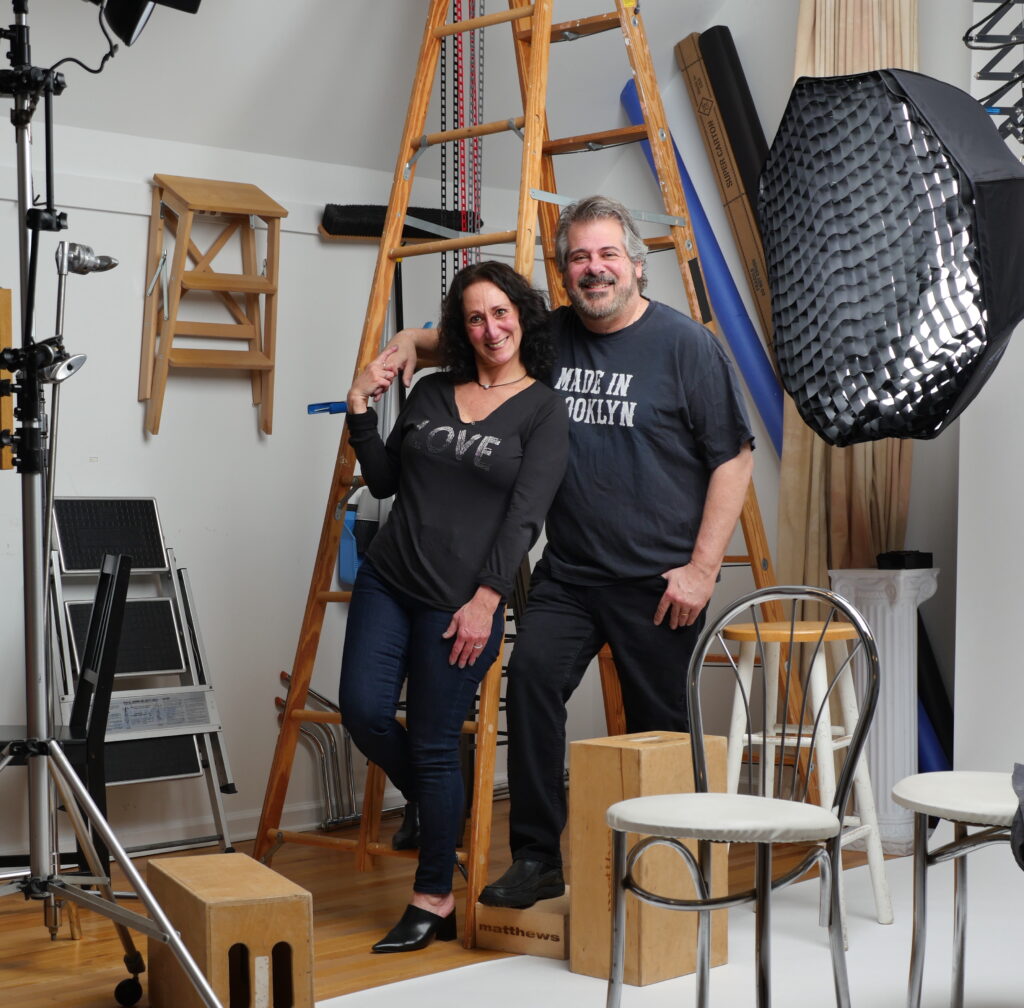Unlocking our full potential requires more than wishful thinking; it calls for clear vision and intentional action. A popular tool among personal development enthusiasts is the vision board. Here’s a simplified guide to understanding and creating one.
Discovering the Power of Vision Boards
Benefits of Vision Boards
-
Tangible Representation: Acts as a constant reminder of our aspirations.
-
Focus & Motivation: Keeps us focused and motivated, even during tough times.
-
Clarifies Desires: Encourages clarity in our desires, creating a clear path forward.
-
Self-Reflection: Helps uncover hidden goals and passions.
-
Emotional Boost: Fosters excitement and anticipation.
-
Positive Thinking: Reinforces positive thinking patterns.
-
Concrete Objectives: Transforms abstract ideas into achievable objectives.
The Psychology Behind Visualization
-
Brain Simulation: Tricks the brain into treating visualized goals as real.
-
Strengthens Neural Pathways: Makes achieving goals feel more attainable.
-
Emotional Engagement: Enhances motivation and commitment.
-
Subconscious Alignment: Aligns subconscious with conscious intentions.
-
Growth Mindset: Encourages proactive behavior and resilience.
Manifesting Goals with Clarity
-
Blueprint for Success: A clear vision board serves as a guide.
-
Decision-Making: Helps identify steps to achieve goals.
-
Minimizes Distractions: Keeps us on track amidst unpredictability.
-
Priority Reinforcement: Regular revisits reinforce goal commitment.
How to Make a Vision Board
Gathering Your Materials
-
Board Selection: Choose a poster board, corkboard, or digital platform.
-
Collect Visuals: Gather magazines, newspapers, or printouts.
-
Tools: Use scissors, glue, or thumbtacks. Add markers for notes.
-
Enhancements: Include textures or embellishments like stickers.
-
Organization: Set up a distraction-free workspace.
Creating a Digital Vision Board
-
Platform Choice: Use Canva, Pinterest, or vision board apps.
-
Digital Collections: Gather digital images, quotes, and affirmations.
-
Layout Experiments: Arrange elements until satisfied.
-
Flexibility: Easily update and access from multiple devices.
Designing Your Board with Intention
-
Reflect on Goals: Determine the emotions and goals you want to express.
-
Storytelling: Arrange images to tell a cohesive story.
-
Thematic Grouping: Organize by themes such as career or health.
-
Color Use: Choose colors that evoke desired emotions.
-
Symbolism: Ensure each element holds personal significance.
Alternatives to Vision Boards
Journaling for Vision and Goals
-
Introspection: Encourages deeper examination of aspirations.
-
Regular Writing: Detail dreams and success plans.
-
Creative Dimension: Include sketches, doodles, or images.
-
Progress Tracking: Reflect on milestones and adjust strategies.
Mind Mapping Your Dreams
-
Visual Diagram: Connects ideas, goals, and aspirations.
-
Central Goal: Place at the center and expand with related ideas.
-
Holistic View: Enables strategic planning and prioritizing.
Final Thoughts
Vision boards are effective tools for visualizing and achieving your goals. The key is consistent engagement and revisiting your board to stay aligned with your aspirations.
Resources for Creating a Vision Board
-
Canva: Visit www.canva.com for a design platform with templates.
-
Pinterest: Explore www.pinterest.com for inspiration and ideas.
-
Vision Board Apps: Find apps like DreamItAlive or Subliminal Vision Boards on your app store.
-
Stock Photo Sites: Access free or paid images at www.pixabay.com or www.shutterstock.com.
-
Inspirational Blogs: Search for quotes and motivation on blogs like www.brainyquote.com or www.goodreads.com.



